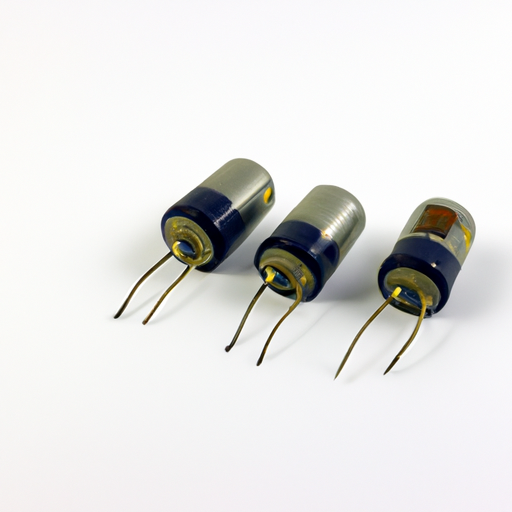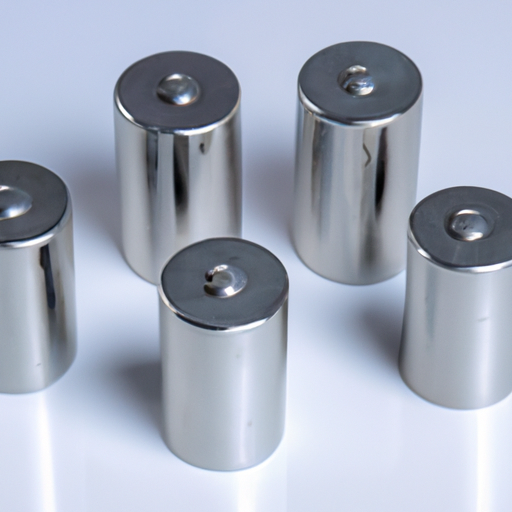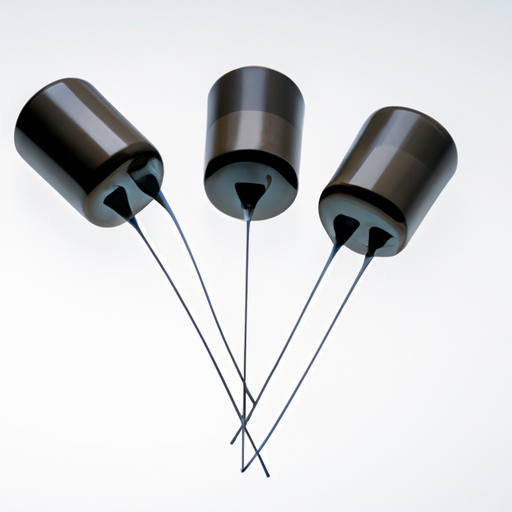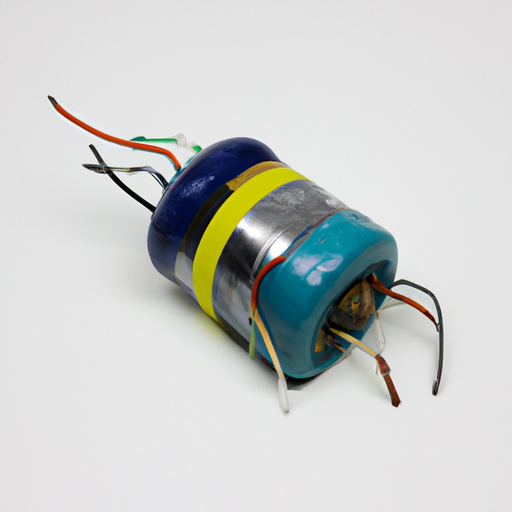What are the popular models of capacitor protection?
What are the Popular Models of Capacitor Protection?
I. Introduction
Capacitors are essential components in electrical systems, serving various functions such as energy storage, filtering, and voltage regulation. However, like any electronic component, they are susceptible to failure due to various risks. This is where capacitor protection comes into play. Capacitor protection refers to the measures and devices used to safeguard capacitors from damage caused by overvoltage, overcurrent, temperature extremes, and other adverse conditions. Understanding the importance of capacitor protection is crucial for maintaining the reliability and longevity of electrical systems. In this article, we will explore the popular models of capacitor protection, their functionalities, and best practices for ensuring capacitor safety.
II. Understanding Capacitors
A. Basic Functionality of Capacitors
Capacitors store electrical energy in an electric field, allowing them to release that energy when needed. They are characterized by their capacitance, which is the ability to store charge. When connected to a circuit, capacitors can smooth out voltage fluctuations, filter signals, and provide power during brief interruptions.
B. Types of Capacitors
1. **Electrolytic Capacitors**: These are polarized capacitors that offer high capacitance values, making them suitable for power supply applications.
2. **Ceramic Capacitors**: Known for their stability and reliability, ceramic capacitors are often used in high-frequency applications.
3. **Film Capacitors**: These capacitors are known for their low loss and high insulation resistance, making them ideal for audio and power applications.
4. **Tantalum Capacitors**: Tantalum capacitors are compact and provide high capacitance in a small package, commonly used in portable electronics.
C. Common Applications of Capacitors
Capacitors are used in various applications, including power supply circuits, audio equipment, signal processing, and energy storage systems. Their versatility makes them indispensable in modern electronics.
III. Risks and Failures Associated with Capacitors
Despite their utility, capacitors face several risks that can lead to failure:
A. Overvoltage Conditions
Exceeding the voltage rating of a capacitor can cause dielectric breakdown, leading to catastrophic failure.
B. Overcurrent Conditions
Excessive current can generate heat, potentially damaging the capacitor and surrounding components.
C. Temperature Extremes
Capacitors are sensitive to temperature changes. High temperatures can accelerate aging, while low temperatures can affect performance.
D. Aging and Degradation
Over time, capacitors can degrade due to environmental factors, leading to reduced performance and eventual failure.
E. Short Circuits and Open Circuits
Short circuits can cause excessive current flow, while open circuits can disrupt the intended function of the capacitor in a circuit.
IV. Popular Models of Capacitor Protection
To mitigate these risks, various protection models are employed:
A. Fuses
1. Functionality and Types of Fuses
Fuses are devices that protect circuits by breaking the connection when current exceeds a certain threshold. They come in various types, including glass, ceramic, and resettable fuses.
2. Advantages and Disadvantages
Fuses are simple and cost-effective but require replacement after a fault occurs, which can lead to downtime.
B. Circuit Breakers
1. Types of Circuit Breakers
Circuit breakers can be thermal, magnetic, or a combination of both. They automatically disconnect the circuit when an overload is detected.
2. Mechanism of Action
Circuit breakers use a bimetallic strip or electromagnetic mechanism to trip and interrupt the circuit.
3. Benefits of Using Circuit Breakers
Unlike fuses, circuit breakers can be reset, making them more convenient for ongoing operations.
C. Surge Protectors
1. Overview of Surge Protection Devices (SPDs)
Surge protectors safeguard electrical devices from voltage spikes, which can occur due to lightning strikes or power surges.
2. Types of Surge Protectors
Common types include metal oxide varistors (MOVs) and gas discharge tubes (GDTs).
3. Application in Capacitor Protection
Surge protectors can be used in conjunction with capacitors to prevent damage from transient voltage spikes.
D. Thermal Protection Devices
1. Types of Thermal Protection
Thermal fuses and thermal switches are commonly used to protect capacitors from overheating.
2. How They Work
These devices disconnect the circuit when a certain temperature is reached, preventing damage to the capacitor.
3. Importance in Capacitor Safety
Thermal protection is crucial for maintaining the integrity of capacitors, especially in high-temperature environments.
E. Voltage Regulators
1. Functionality of Voltage Regulators
Voltage regulators maintain a constant output voltage, protecting capacitors from voltage fluctuations.
2. Types of Voltage Regulators
Linear and switching regulators are the two main types, each with its advantages and applications.
3. Role in Protecting Capacitors
By stabilizing voltage levels, regulators help prevent overvoltage conditions that can damage capacitors.
F. Capacitor Protection Relays
1. Overview of Protection Relays
Protection relays monitor electrical parameters and disconnect the circuit when abnormal conditions are detected.
2. Types of Relays Used for Capacitor Protection
Common types include overcurrent relays, voltage relays, and thermal relays.
3. Benefits of Using Protection Relays
Relays provide real-time monitoring and can quickly respond to faults, enhancing the safety of capacitor systems.
V. Best Practices for Capacitor Protection
To ensure the longevity and reliability of capacitors, consider the following best practices:
A. Proper Sizing and Selection of Capacitors
Choose capacitors with appropriate voltage and capacitance ratings for the specific application.
B. Regular Maintenance and Inspection
Routine checks can identify potential issues before they lead to failure.
C. Environmental Considerations
Ensure capacitors are used in environments that meet their specified temperature and humidity ratings.
D. Implementing a Comprehensive Protection Strategy
Combine multiple protection models to create a robust defense against various risks.
VI. Case Studies
A. Real-World Examples of Capacitor Failures
Several industries have experienced capacitor failures due to inadequate protection, leading to costly downtime and repairs.
B. Analysis of Protection Measures Implemented
In many cases, implementing a combination of fuses, circuit breakers, and surge protectors has proven effective in preventing future failures.
C. Lessons Learned from Case Studies
These case studies highlight the importance of a proactive approach to capacitor protection.
VII. Future Trends in Capacitor Protection
A. Advances in Technology
Emerging technologies, such as smart sensors and IoT devices, are enhancing capacitor protection capabilities.
B. Emerging Protection Models
New protection models are being developed to address the evolving challenges in electrical systems.
C. The Role of Smart Technology in Capacitor Protection
Smart technology can provide real-time monitoring and predictive maintenance, significantly improving capacitor safety.
VIII. Conclusion
Capacitor protection is a critical aspect of electrical system design and maintenance. By understanding the various risks associated with capacitors and implementing popular protection models such as fuses, circuit breakers, surge protectors, thermal protection devices, voltage regulators, and protection relays, engineers can significantly enhance the reliability and longevity of capacitors. As technology continues to advance, the future of capacitor protection looks promising, with new models and smart technologies paving the way for safer electrical systems.
IX. References
- Academic Journals on Electrical Engineering
- Industry Standards and Guidelines
- Books and Articles on Capacitor Technology and Protection Strategies
By following the outlined best practices and staying informed about emerging trends, professionals can ensure the safety and efficiency of capacitors in their electrical systems.





